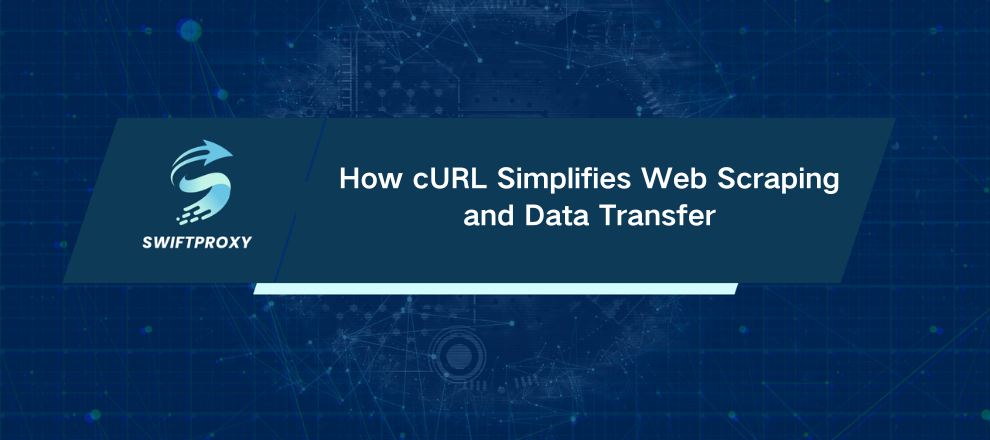How cURL Simplifies Web Scraping and Data Transfer

Imagine pulling data from any website with a single command — no complex software, no heavy frameworks. Just a sleek, lightweight tool that's been quietly powering data transfers for decades. Meet cURL.
This unassuming command-line utility is the backbone behind countless data scraping and transfer operations worldwide. If you’ve ever needed to grab data fast and efficiently, cURL might just be your new best friend.
Introduction to cURL
At its core, cURL is a free, open-source command-line tool designed to transfer data over URLs. That's it. But the magic lies in its simplicity and versatility.
Open-source: No licensing fees. A vibrant community constantly improves it, fixes bugs, and adds features. You can even contribute to the project yourself if you're into that.
Command-line interface: No fancy buttons or menus here. You tell cURL exactly what to do by typing commands — fast, flexible, and perfect for automation.
Lightweight utility: It's tiny but mighty. Built into Windows, macOS, and Linux, so it's ready to use out of the box.
Data transfer specialist: Whether it's HTTP, FTP, or dozens of other protocols, cURL handles it with ease.
Think of cURL as your digital courier, zipping across the internet to fetch files, submit forms, or test APIs — all without lifting a finger beyond your keyboard.
cURL Basics in a Flash
Ready to dive in? Open your terminal (PowerShell on Windows, Terminal on macOS) and type:
curl www.example.com
Hit Enter, and voilà — the raw HTML of the site appears on your screen. That's cURL's bread and butter: sending requests and grabbing data.
But cURL is far from basic. It's highly customizable. Use options to specify protocols, add headers, or send data. Here's a quick example to securely fetch a file over FTP:
curl --ftp-ssl ftp://example.com/file.txt
Level Up with Proxies
If you're scraping on a small scale, you’ll be fine just firing off a few requests. But ramp up too fast, and many sites will slam the door shut on you with anti-bot defenses. Your IP gets banned, and your data stops flowing.
Enter proxies. They act like intermediaries — hiding your true IP and rotating addresses so your requests look natural. With cURL, adding a proxy is straightforward:
curl --proxy proxyserver:port -U username:password https://example.com
Add a custom user agent header to mimic real browsers and fly even more under the radar:
curl --proxy-header "User-Agent: Mozilla/5.0" -x proxyserver https://example.com
Proxies keep your scraping safe and uninterrupted.
Why Use cURL for Web Scraping
Speed: No heavy UI means less overhead and faster execution.
Automation: Perfect for scripting repetitive tasks.
Flexibility: Supports nearly every internet protocol.
Availability: Comes pre-installed on most OSes.
Community: Constantly evolving with strong developer support.
Wrapping Up
If you want a dependable, lightweight tool for scraping, testing, or transferring data, cURL is a solid pick. It's not flashy — no GUI bells and whistles — but under the hood, it's incredibly capable.

















































